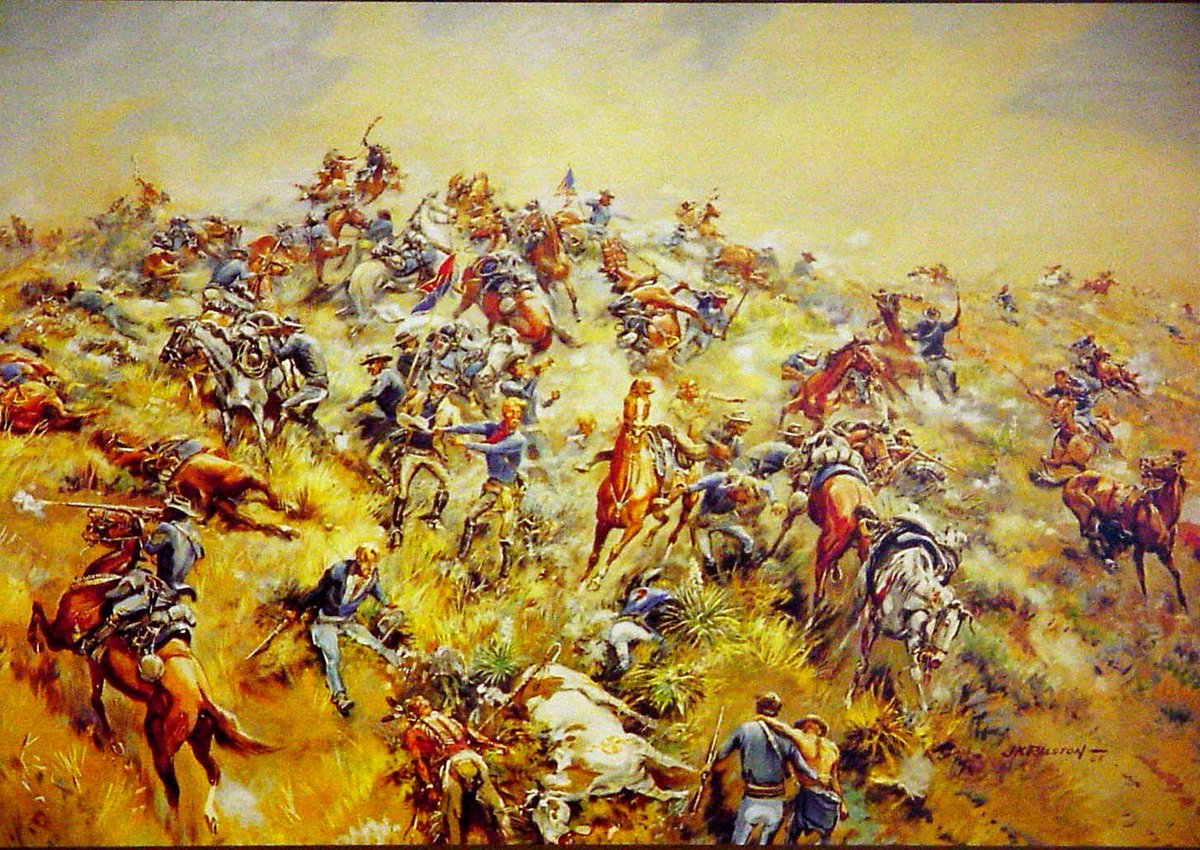
28 JUNE 1918 BIRTHDAY of the US ARMY CHEMICAL CORPS BRANCH
Established as the U.S. Chemical Warfare Service (CWS) on 28 June 1918 during #WWI, the Chemical Corps was originally tasked with delivering chemical weapons against the enemy.
#Armyhistory
Established as the U.S. Chemical Warfare Service (CWS) on 28 June 1918 during #WWI, the Chemical Corps was originally tasked with delivering chemical weapons against the enemy.
#Armyhistory

In #WWII CWS units assumed a variety of non-chemical warfare related missions, including incendiary weapons like flame throwers and flame tanks, smoke generation, and chemical mortar battalions firing high explosive, illumination and smoke rounds.
#ChemicalCorps @TRADOC @USArmy
#ChemicalCorps @TRADOC @USArmy
On 2 Aug 1946, the CWS was re-designated the U.S. Army Chemical Corps. The post-war corps assumed responsibility for biological warfare (BW) defense and relinquished its mortars to the infantry after the Korean War.
#VictoryStartsHere #JoinUs #ServeWithUs
#VictoryStartsHere #JoinUs #ServeWithUs

The post-war corps assumed responsibility for biological warfare (BW) defense and relinquished its mortars to the infantry after the Korean War. During the Cold War, it assumed the nuclear defense mission, and continued offensive and defensive chemical capabilities.
In Vietnam they provided napalm, riot control agents, and the controversial herbicides and defoliants such as Agent Orange. After Vietnam, many Chemical Corps functions were absorbed into the Ordnance Corps until the resumption of the Chemical Corps in 1976. 

Today, the branch develops doctrine, equipment and training for CBRN defense, recon and decontamination, which serve as a deterrent to any adversary possessing weapons of mass destruction. They also provide the Army with smoke, obscurant, and flame capabilities. 

• • •
Missing some Tweet in this thread? You can try to
force a refresh

















